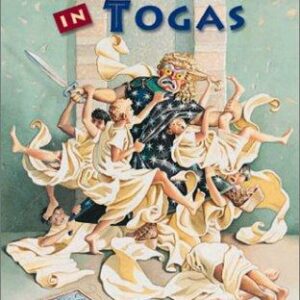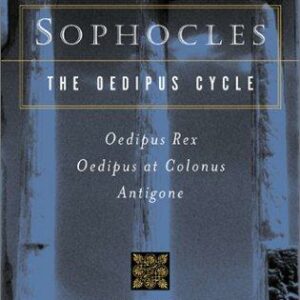John Venn
$45.00
| Title | Range | Discount |
|---|---|---|
| Trade Discount | 5 + | 25% |
- Description
- Additional information
Description
The first comprehensive history of John Venn’s life and work. John Venn (1834–1923) is remembered today as the inventor of the famous Venn diagram. The postmortem fame of the diagram has until now eclipsed Venn’s own status as one of the most accomplished logicians of his day. Praised by John Stuart Mill as a “highly successful thinker” with much “power of original thought,” Venn had a profound influence on nineteenth-century scientists and philosophers, ranging from Mill and Francis Galton to Lewis Carroll and Charles Sanders Peirce. Venn was heir to a clerical Evangelical dynasty, but religious doubts led him to resign Holy Orders and instead focus on an academic career. He wrote influential textbooks on probability theory and logic, became a fellow of the Royal Society, and advocated alongside Henry Sidgwick for educational reform, including that of women’s higher education. Moreover, through his students, a direct line can be traced from Venn to the early analytic philosophy of G. E. Moore and Bertrand Russell, and family ties connect him to the famous Bloomsbury group.
This essential book takes readers on Venn’s journey from Evangelical son to Cambridge don to explore his life and work in context. Drawing on Venn’s key writings and correspondence, published and unpublished, Lukas M. Verburgt unearths the legacy of the logician’s wide-ranging thinking while offering perspective on broader themes in religion, science, and the university in Victorian Britain. The rich picture that emerges of Venn, the person, is of a man with many sympathies—sometimes mutually reinforcing and at other times outwardly and inwardly contradictory.
Lukas M. Verburgt is a fellow at the Netherlands Institute for Advanced Study in the Humanities and Social Sciences and a guest researcher at the Institute for Philosophy at Leiden University, Netherlands. List of Illustrations
List of Abbreviations
Family Tree
Chronology
Preface
1 Family, Childhood, and Youth (1834–53)
2 Student (1853–57)
3 Curate (1857–62)
4 Intellectual Breakthrough (1862)
5 Moral Scientist (1862–69)
6 Probability (1866)
7 Religious Thinker (1867–73)
8 Logic Papers (1874–80)
9 Algebraic Logic (1881)
10 Dereverend Believer and Amateur Scientist (1883–90)
11 Scientific Logic (1889)
12 Biographer (1891–1923)
Epilogue: A Worldless Victorian
Acknowledgments
Notes
Bibliography
Index
Additional information
| Dimensions | 2 × 6 × 9 in |
|---|











